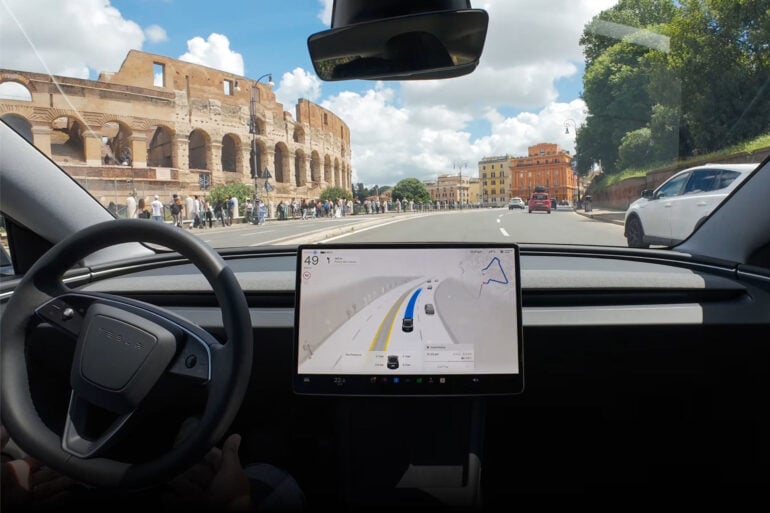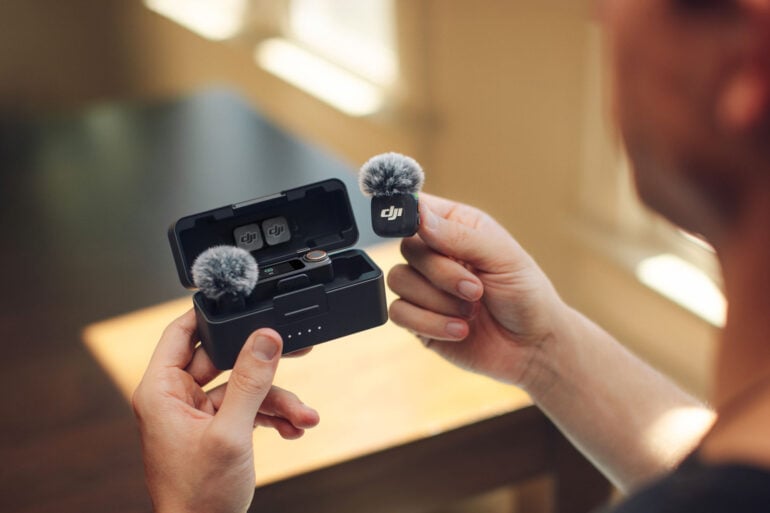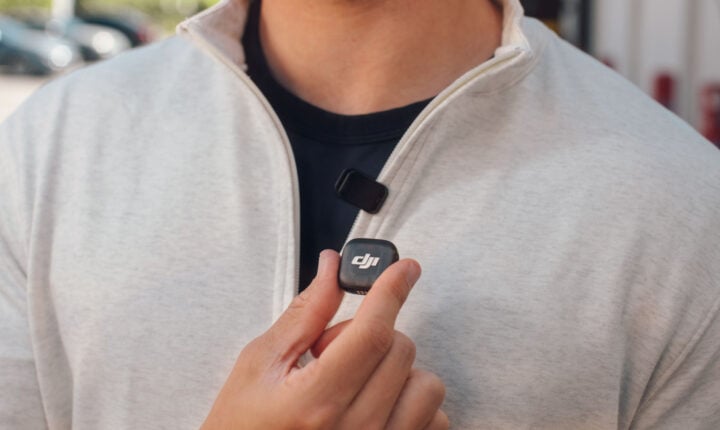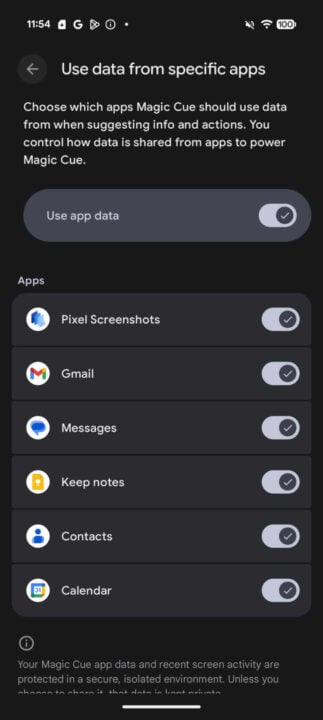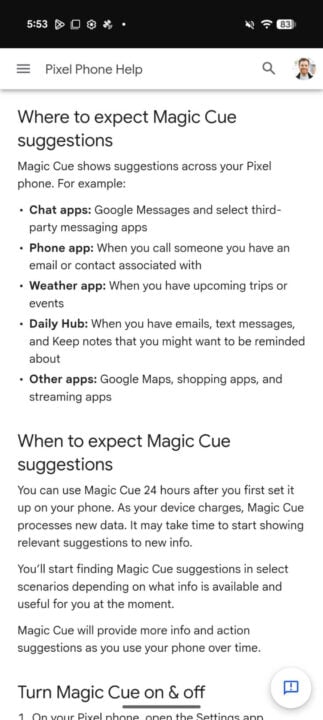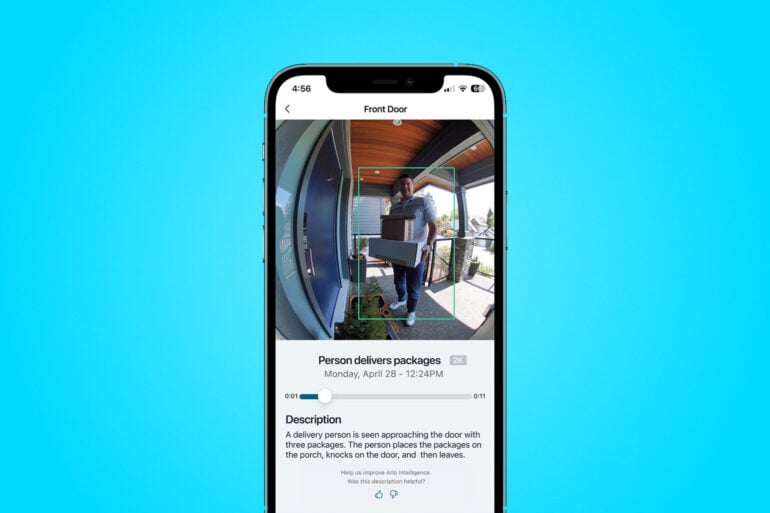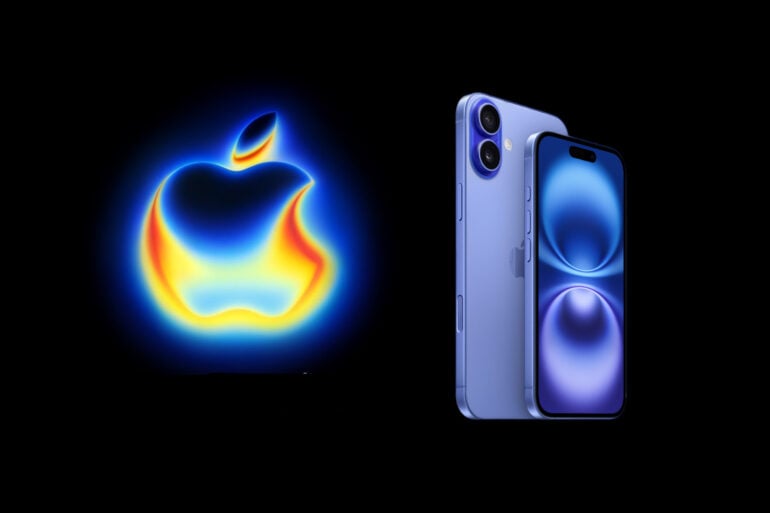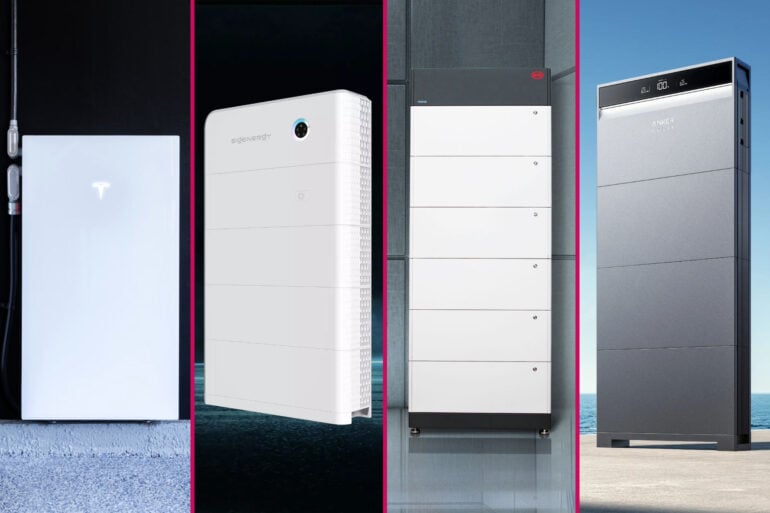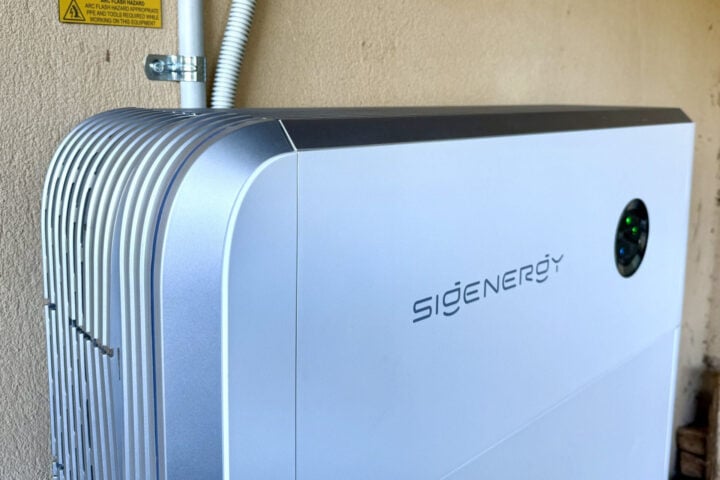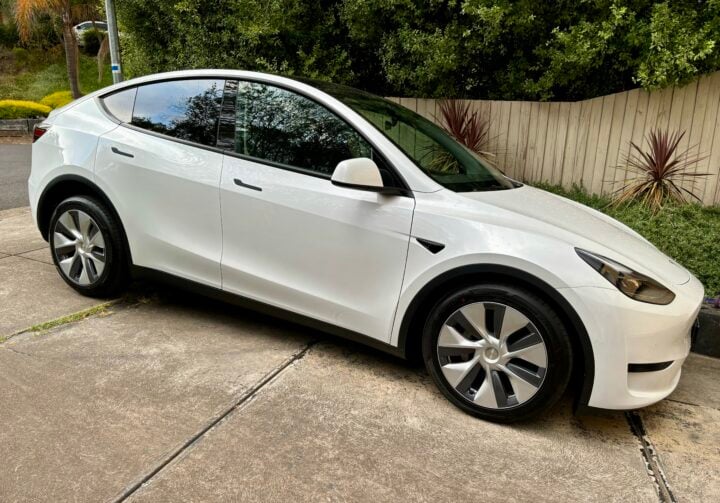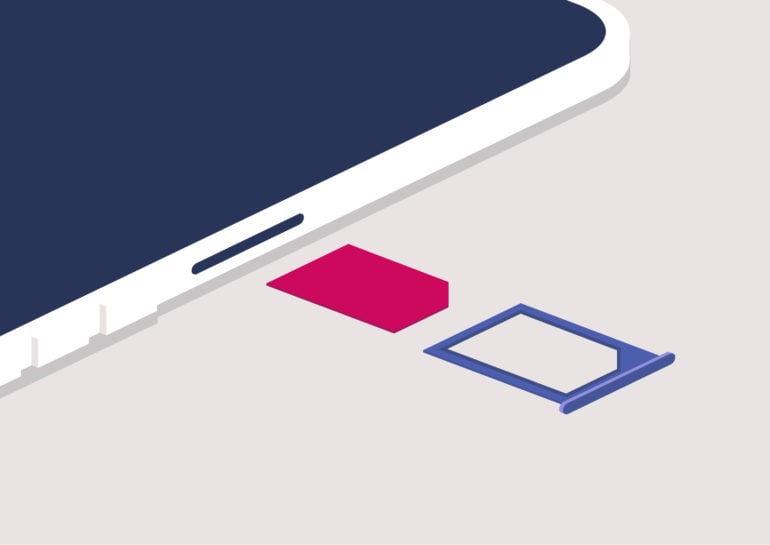
Are you looking to save on your phone bill? We’ve rounded up the cheapest SIM plans from a range of different carriers to help you find the best price. If you’re unsure about whether a SIM-only mobile plan is what you need, our quick guide to SIM only mobile plans will get you up to speed.
Generally speaking, if you don’t want a new phone or a lock-in contract, a SIM plan is the way to go. It’s easy to get what you need without paying for excess features. Unlimited phone calls and text messages usually come standard, with data and international roaming the main points of difference. If you do want a phone, however, check out the current deals on phone plans, including discounted handsets.
We update this article monthly, so bookmark this page to keep up to date with the cheapest SIM plans. Prices update in real-time, meaning you get the latest deals available in Australia right now. You can also use a custom search to choose a plan that suits your exact needs. All of the plans featured in this article include an expiry period of at least 28 days. You can purchase a SIM plan with a shorter recharge window, ideal for travellers who only need a bit of data while visiting Australia.
Want to save on your internet bill too? Check out the cheapest NBN plans to save even more money. You can also compare the best Telstra SIM-only plans, Vodafone SIM-only plans, and Optus SIM-only plans.
Contents
- Cheapest SIM plans
- Cheapest 5G SIM plans
- Cheapest 365-day SIM plans
- What you need to know: eSIM, prepaid, postpaid
- Phone number portability
- Best network coverage
Cheapest SIM plans
Postpaid
SpinTel currently sits atop the cheapest postpaid SIM plans in Australia. On the Optus 5G network, new customers can get the $22 plan for $14 per month for the first six months with 25GB of data.
Dodo, which also uses Optus’ 5G mobile network for some of its plans, has a couple of decent postpaid SIM deals for the next couple of weeks. Its 40GB and 60GB plans cost $16.50 and $19 per month respectively, half their normal prices for the first six months.
Without any discounts, SpinTel comes out on top again with its $22 monthly plan. Dodo ($23) and Tangerine ($23) also have fairly cheap postpaid plans, albeit connected to 4G, so that’s another advantage in favour of SpinTel.
Prepaid
You can pretty much set your watch to the fact that iiNet and TPG will sell the cheapest prepaid SIM plans as part of a promotional discount. For the first six months, both Vodafone MVNOs cost $12.50 per month, inclusive of 25GB on a 4G connection. Unlike many prepaid SIM plans, these last a full month, instead of the usual 28-day or 30-day recharge cycles.
Yomojo is another contender this month, selling a prepaid SIM plan on the Optus 4G network for $13.90 each month for the first six months. It nets you 29GB of data each 30-day recharge. After the discount, Yomojo’s 29GB plan costs $23.90 per recharge.
For cheap 5G access, spending a bit more with TPG taps into Vodafone’s expanded 5G network, with 50GB per month. For the first six months, it costs $17.50 per month, followed by its regular price of $35.
Aldi Mobile currently has the cheapest prepaid SIM plan on the Telstra network, priced at $19 per 30-day recharge. It connects to Telstra’s 4G network, providing 10GB of data each recharge.
Cheapest 5G SIM plans
As 5G rolls out to more parts of Australia, and compatible phones become cheaper, it’s easy to take advantage of higher download speeds. 5G SIM plans cost more, making them better suited to users who need the extra speed or perhaps don’t have reliable NBN connections.
Postpaid
As mentioned before, SpinTel and Dodo offer some of the cheapest 5G postpaid SIM plans. New customers pay either $14 or $16.50 per month for the first six months; SpinTel includes 25GB, while Dodo offers 40GB. The main difference is that once the discounts end, SpinTel costs $22 compared to Dodo’s $33.
Tangerine remains the cheapest 5G postpaid plan on the Telstra network, priced at $29 per month. However, it only uses parts of Telstra’s 5G network, so it’s worth checking the coverage map beforehand.
Prepaid
There are plenty of discounted starter packs, which is a good way to try a network before committing longer term. However, the discount usually only lasts for the first recharge, so it’s worth scrolling to find the best long-term savings.
Felix, which uses Vodafone’s 5G network, costs just $12.50 per month for the first three months. It includes 25GB of data, which isn’t too bad, even when paying Felix’s full $25 price.
Also using Vodafone’s 5G network are TPG and iiNet, both of which cost $17.50 per month for the first six months. They come bundled with 50GB of data, while TPG also offers a 100GB option at a discounted price of $22.50 per month.
At $17.50 per month each, the iiNet and TPG Medium plans are the cheapest 5G prepaid SIM plans. Both are half-price for the first six months and include 50GB of data. Download speeds for both cap out at 150Mbps, which is fast enough for most folks.
On the Telstra network, Boost Mobile’s $26 plan includes 32GB of data for the first three recharges (on a 28-day cycle). The standard 7GB data allocation is smaller than most in its price bracket, but Boost also happens to be the only MVNO with access to the full Telstra network.
Cheapest 365-day SIM plans
If you know what you need over a longer period and want to save money in the process, a 365-day SIM plan might do the trick. Simply pay once per year, and get a bank of data to use with unlimited calls and texts. It’s a cost-effective way of paying your phone bill for basic internet users who aren’t big downloaders.
Kogan is the current cheapest long-expiry SIM plan, costing $149 for 365 days, providing 200GB on Vodafone’s 4G network. Lyca Mobile, which uses the same network, costs just a dollar more for the same data allocation.
As for Optus, the best deal comes from OnePass Mobile, the rebrand of Catch Connect. It currently costs $150 for its 365-day plan that comes with 200GB. All of the above SIM plans offer a decent gigabyte-per-dollar ratio.
A long-term Telstra SIM plan costs more, however. Everyday Mobile, sold through Woolworths, costs $250 for 365 days with 215GB. Keep in mind that it’s on Telstra’s 4G network; 5G access costs $300 via Boost Mobile’s cheapest long-expiry SIM plan.
What you need to know about SIM only plans
It’s fairly easy to change your SIM plan provider. Even more so with the rise of embedded SIM (eSIM) technology, letting you change plans almost instantly with a compatible device. Instead of requiring a physical card, eSIM stores network information directly to your phone.
Irrespective of which service provider you go with, the actual network used will be either Optus, Telstra or Vodafone. Many of the cheapest SIM plan providers are mobile virtual network operators (MVNOs). This refers to carriers that use the network infrastructure of another company.
Boost Mobile is a popular MVNO that has full access to Telstra’s network, reaching 99.5% of Australians. Not every MVNO includes a network’s full coverage, so it’s worth checking a company’s website to ensure your area is serviced.
In terms of how much data you should choose, data from the Australian Competition and Consumer Commission (ACCC) found that Australians generally pay for more than what they need. On average, Aussies use 10.2GB of phone data per month, so it’s likely you could get away with a smaller allowance that costs less.
It also depends on how much you stream and download content using your phone. If you mainly use home or office Wi-Fi and don’t stream much, stick with a cheaper plan.
Postpaid versus prepaid
There are a couple of slightly different SIM plan options to choose from. Postpaid refers to plans that operate on a monthly billing cycle, where you pay at the end of each cycle. Postpaid SIM plans generally don’t involve a lock-in contract, so you can freely swap if your needs change or a better deal comes along. If you hit your data cap for a month, your telco might limit speeds until the next cycle or charge extra costs, so check the fine print beforehand.
Prepaid, on the other hand, sees you pay at the start of each cycle for a fixed number of days. Most prepaid SIM plans have a 28-day expiry cycle instead of a full month. Shorter expiries are also available if you need a SIM while travelling, making it a flexible option. The upside is that if you go over your data limit, you won’t incur extra costs. A lot of prepaid plans don’t automatically recharge by default but you can set up auto-recharge manually, with some telcos offering discounts or bonuses if you do so.
Phone number portability
The SIM changeover process takes about 10 minutes of your time or even less if you choose an eSIM. You will receive instructions to visit a website, provide your details, prove your identity (online) and then insert your new SIM.
Note you will have a choice to migrate your existing mobile number or choose a new one. About 15 minutes later, you should be up and running. However, the documentation will indicate it may take up to 24 hours and be affected by working hours.
Best network coverage
Network coverage is one of the most important factors to consider when buying any phone plan. Low prices and all the data in the world don’t mean much if you can’t get a signal. Fortunately, Australia’s mobile phone network coverage is more competitive than ever because of the TPG Telecom and Optus partnership.
Telstra still boasts the broadest network coverage, reaching 99.7% of the Australian population. Optus and Vodafone aren’t far behind, covering 98.5% and 98.4% respectively. Optus expects to rapidly expand its 5G network, so expect plenty of competition in the next couple of years.
| Telco | Overall network coverage | 5G network coverage |
|---|---|---|
| Telstra | 99.7% | 91% |
| Telstra wholesale | 98.8% | 75% |
| Optus | 98.5% | 80.5% |
| Vodafone | 98.4% | Not advertised |
More important than percentages is whether your location has coverage. The best way to find out is to check each telco’s coverage map:
The best way to find out if a plan suits you is to try one for a month. Lock-in contracts are largely a thing of the past, so it’s easier than ever to try one provider and swap if it doesn’t work out.
GadgetGuy occasionally uses affiliate links and may receive a small commission from purchased products.
The post Cheapest SIM plans in Australia compared from under $13/month appeared first on GadgetGuy.







